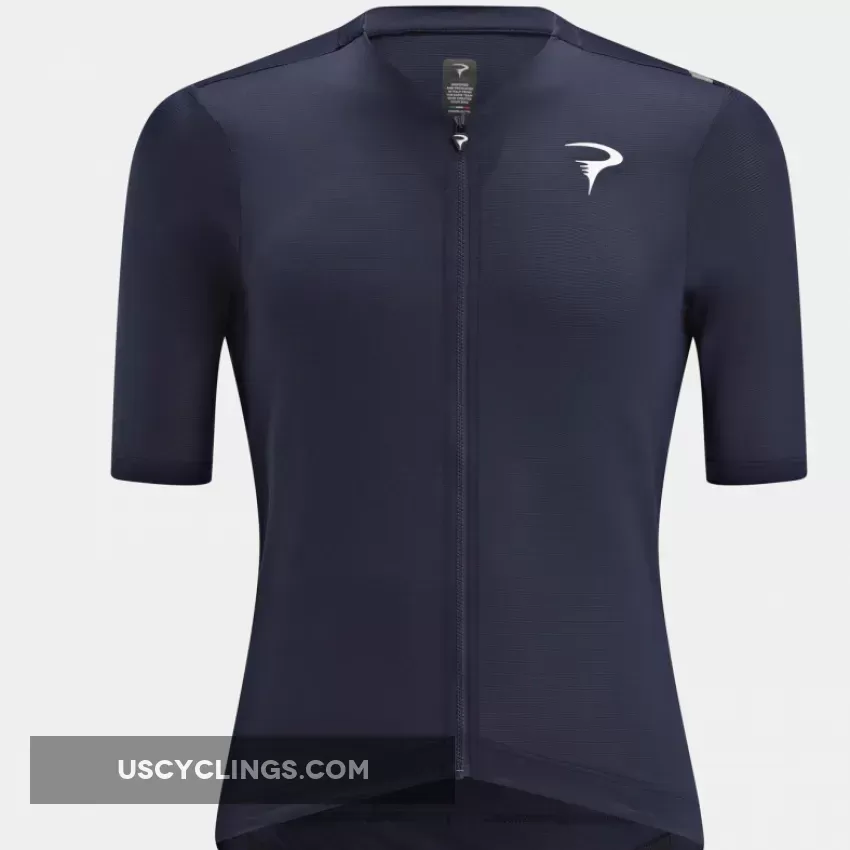In the world of American football, safety remains a paramount concern. With each tackle, the risk of head injury looms large, and the quest for the safest helmet continues. Enter the Schutt F7 Collegiate Football Helmet, a helmet touted as a game-changer in terms of safety technology. But is the F7 truly the revolutionary shield it’s marketed to be? Or is it just another helmet with a flashy design and a hefty price tag?
To delve into this question, we must understand the key features that differentiate the F7 from its predecessors. One of the most significant advancements lies in its TPU cushioning system. TPU, or thermoplastic polyurethane, is a material known for its durability and ability to absorb shock. In the F7, this material forms a layer of cushioning that sits between the helmet’s outer shell and the player’s head. This intricate design is intended to dissipate the impact forces generated during collisions, reducing the risk of concussions and other head injuries.
However, the F7’s safety claims are not without their detractors. Some experts argue that the TPU cushioning system, while promising, has not been rigorously tested in real-world scenarios. They emphasize that the effectiveness of any helmet depends not only on its design but also on how it’s worn, how well it fits, and how it interacts with the player’s head and neck.
Beyond the TPU cushioning, the F7 boasts several other features designed to enhance safety. The helmet features a “V-Flex” facemask, which allows for greater flexibility and helps absorb impact forces directed towards the face. It also incorporates a “ShockSorb” liner, which is designed to provide additional cushioning and protect the player from repeated impact.
However, the F7’s impressive safety features come at a cost. The helmet is significantly more expensive than many other helmets on the market, which may be a barrier for some players and teams. Furthermore, the F7’s advanced technology requires a higher level of maintenance and care. Players must be diligent in cleaning and inspecting their helmets to ensure they are functioning properly and that the cushioning is not degrading.
So, does the F7 truly live up to its hype as a revolutionary safety helmet? While it boasts impressive technology and design, the verdict remains somewhat inconclusive. The helmet’s effectiveness in real-world scenarios is still being investigated and debated. Some studies have shown that the F7 can significantly reduce the risk of head injuries, while others have yielded mixed results.
Ultimately, the decision of whether or not to use the F7 helmet is a complex one that involves weighing the helmet’s safety features, its cost, and the player’s individual needs and preferences. Here are some key considerations to factor in:
1. Level of Play: The F7 is designed for collegiate football, and its safety features are tailored to the demands of that level of play. If you are playing at a lower level, a less expensive helmet may offer sufficient protection.
2. Budget: The F7 is one of the most expensive helmets on the market. If your budget is limited, you may need to consider other options.
3. Personal Preferences: Ultimately, the best helmet for you is the one that you feel most comfortable and confident wearing. Consider trying on different helmets and choosing the one that provides the best fit and protection for your individual head shape and size.
4. Research and Information: It’s crucial to stay informed about the latest safety standards and research regarding football helmets. Consult with coaches, trainers, and medical professionals to get the most up-to-date information on helmet safety.
5. Ongoing Maintenance: The F7 requires regular cleaning and inspection to ensure its safety features remain effective. Make sure you are committed to maintaining your helmet properly.
6. Impact of Design and Fit: Remember that the effectiveness of any helmet depends not only on its design but also on how it’s worn, how well it fits, and how it interacts with the player’s head and neck. A helmet that doesn’t fit properly can compromise its protective capabilities.
The F7 may not be the perfect solution to football helmet safety, but it represents a significant step forward in the quest for safer equipment. While its effectiveness is still being debated, it’s undeniable that the helmet has stimulated a conversation about helmet design and the importance of continued innovation in the field of athlete safety.
It is crucial to remember that any helmet, no matter how advanced, is only one piece of the puzzle when it comes to preventing head injuries in football. Players must also engage in proper training, learn tackling techniques, and wear protective gear that fits correctly. Ultimately, the F7, like any other helmet, can only be as effective as the commitment to safety by the players, coaches, and the sport as a whole.
This post is not intended to endorse any specific product or brand and is for informational purposes only. It is always advisable to consult with your doctor or a qualified medical professional for personalized advice and guidance related to your health.
 CLICK HERE TO Buy : Pinarello F7 Jersey – Blue Gsm006c01siz-2 New Releases
CLICK HERE TO Buy : Pinarello F7 Jersey – Blue Gsm006c01siz-2 New Releases